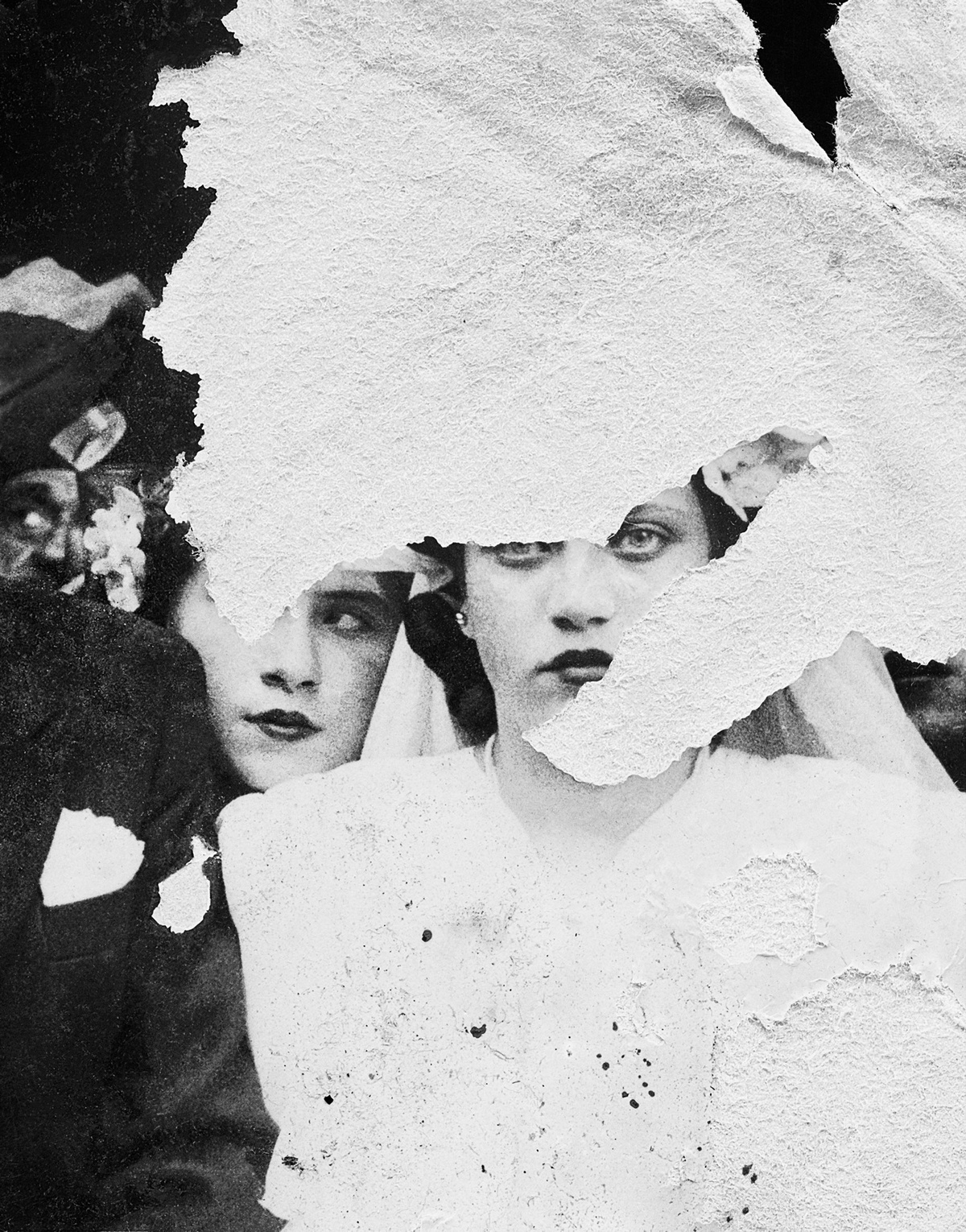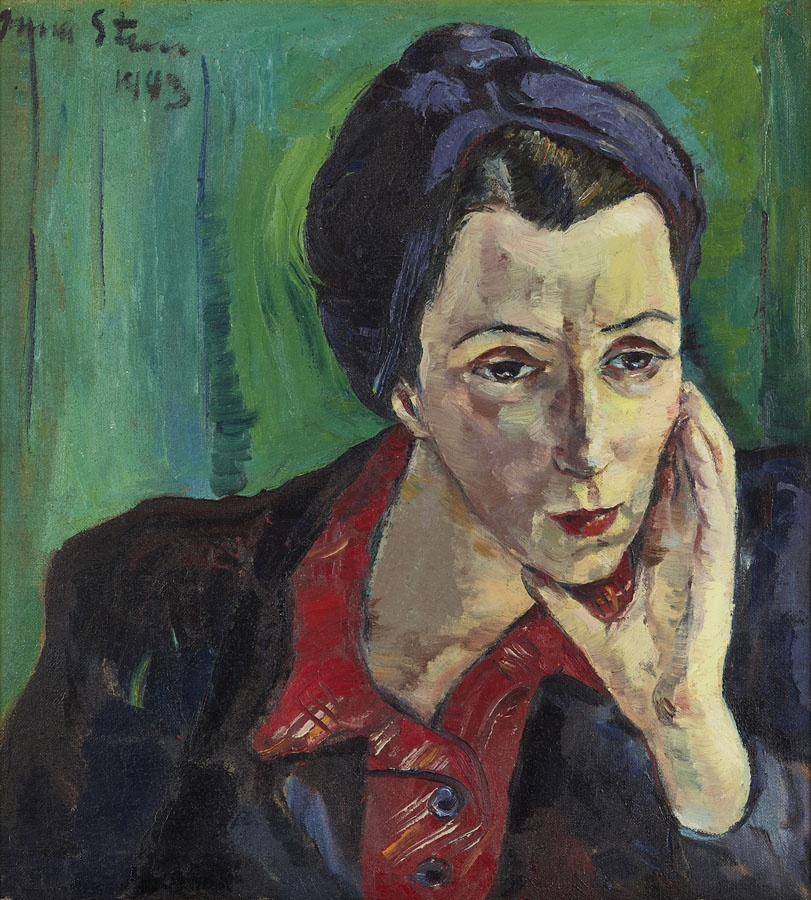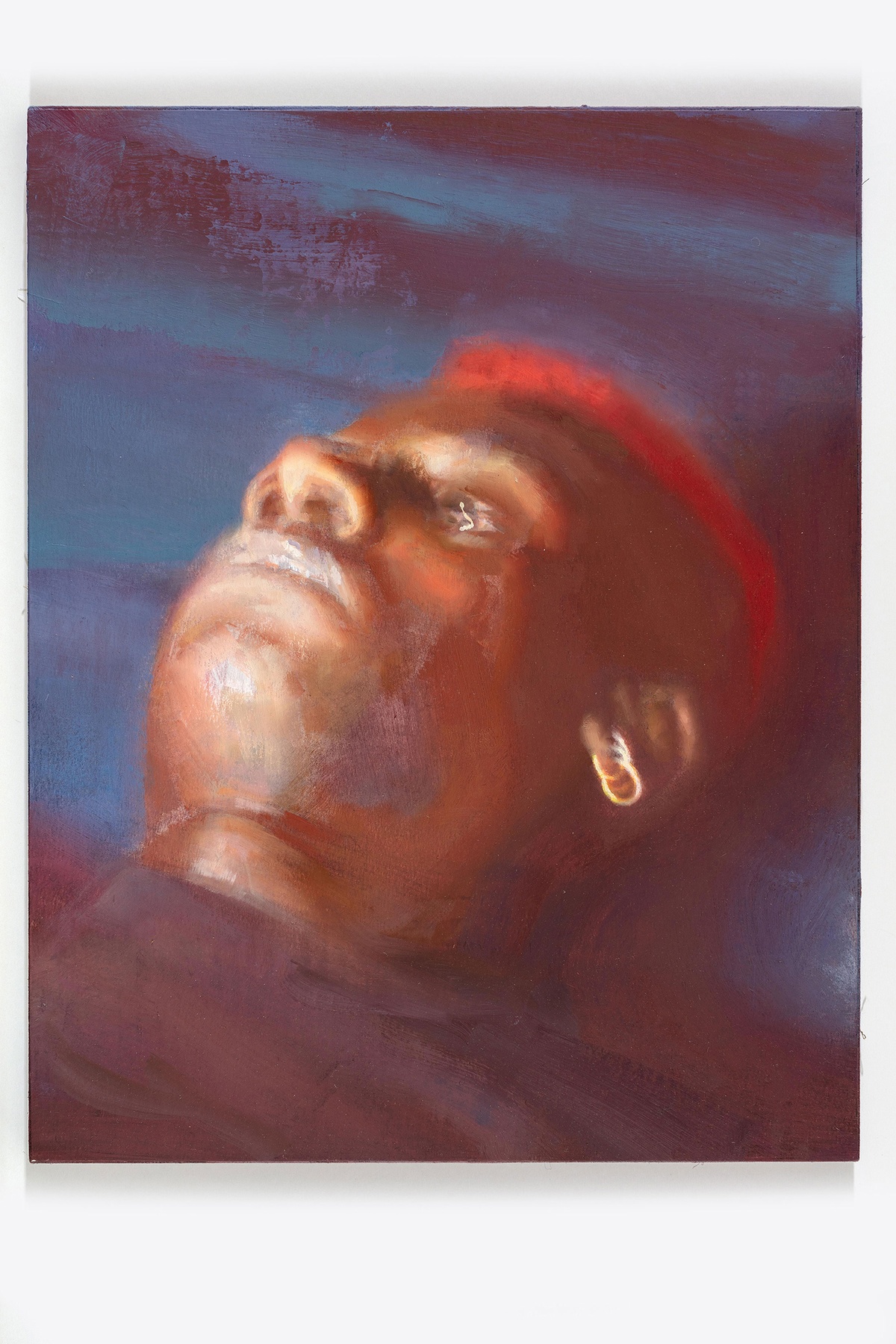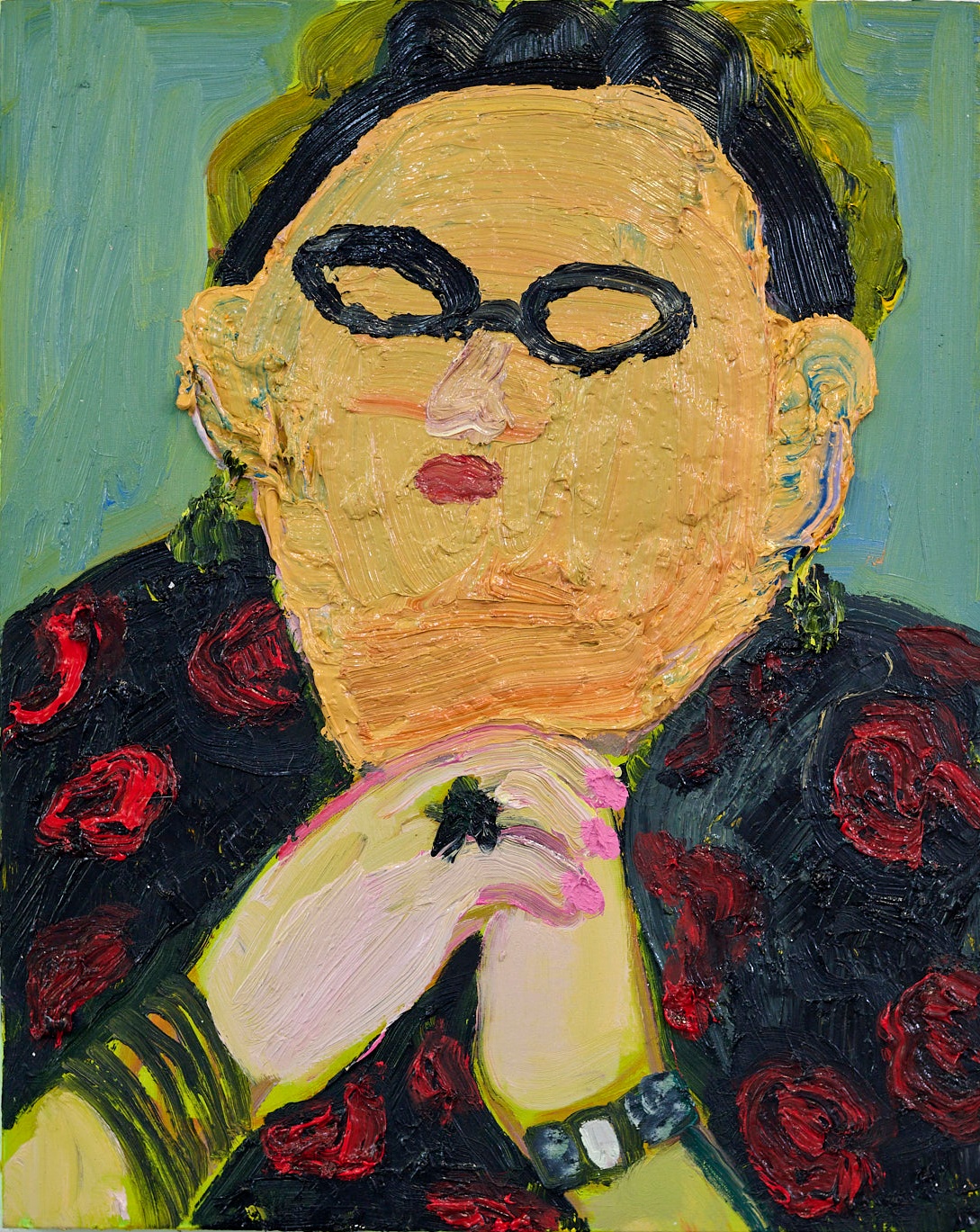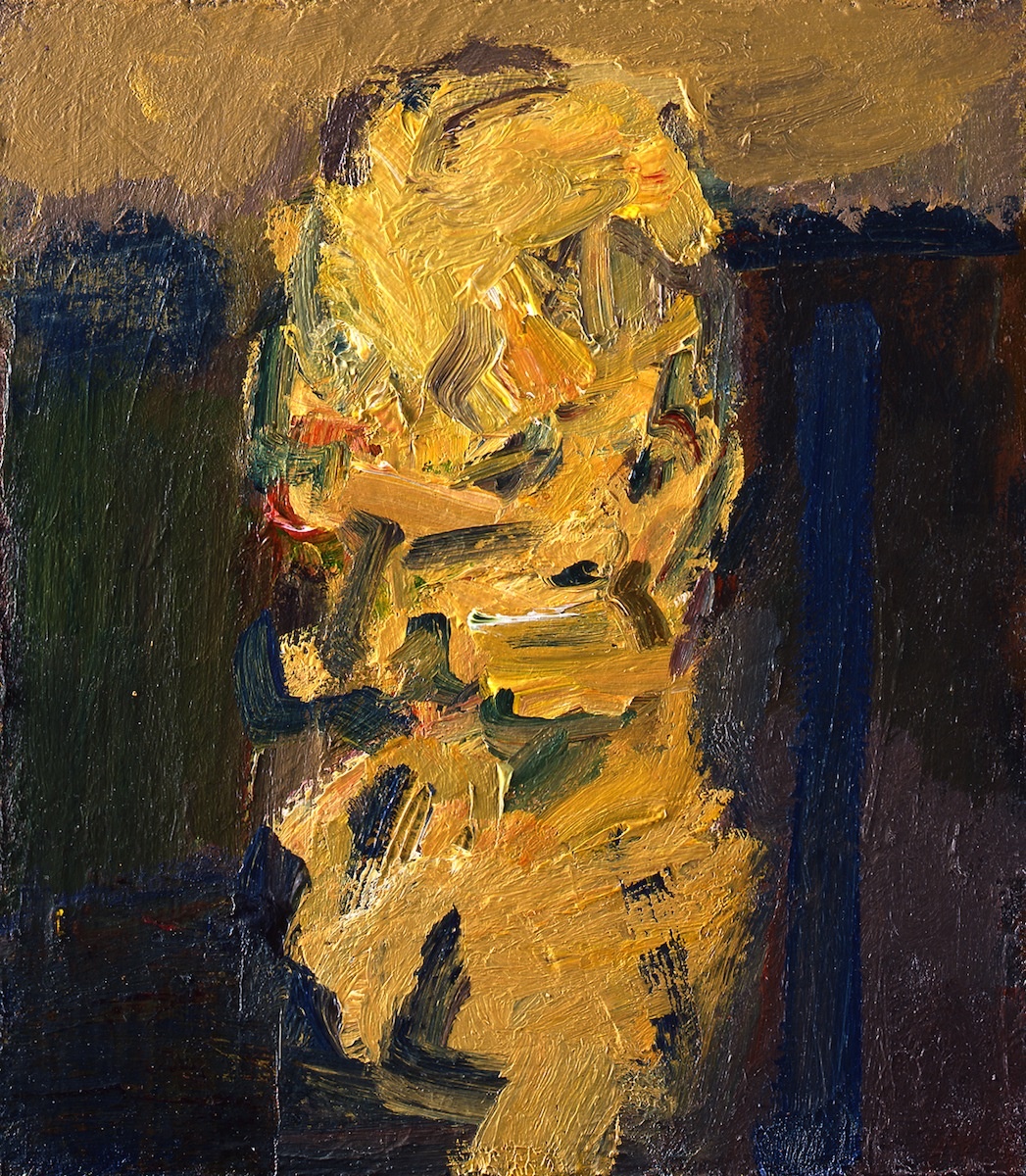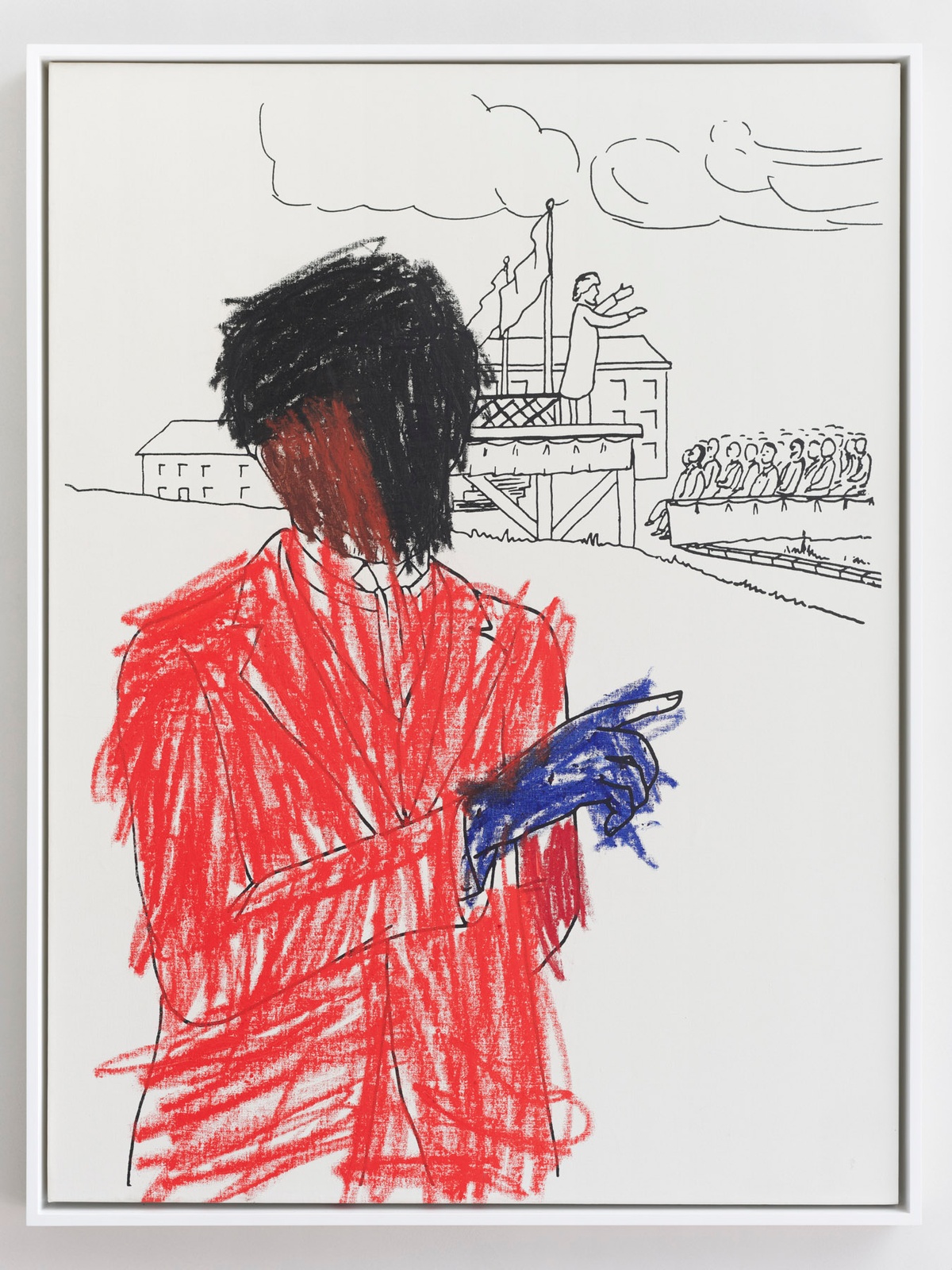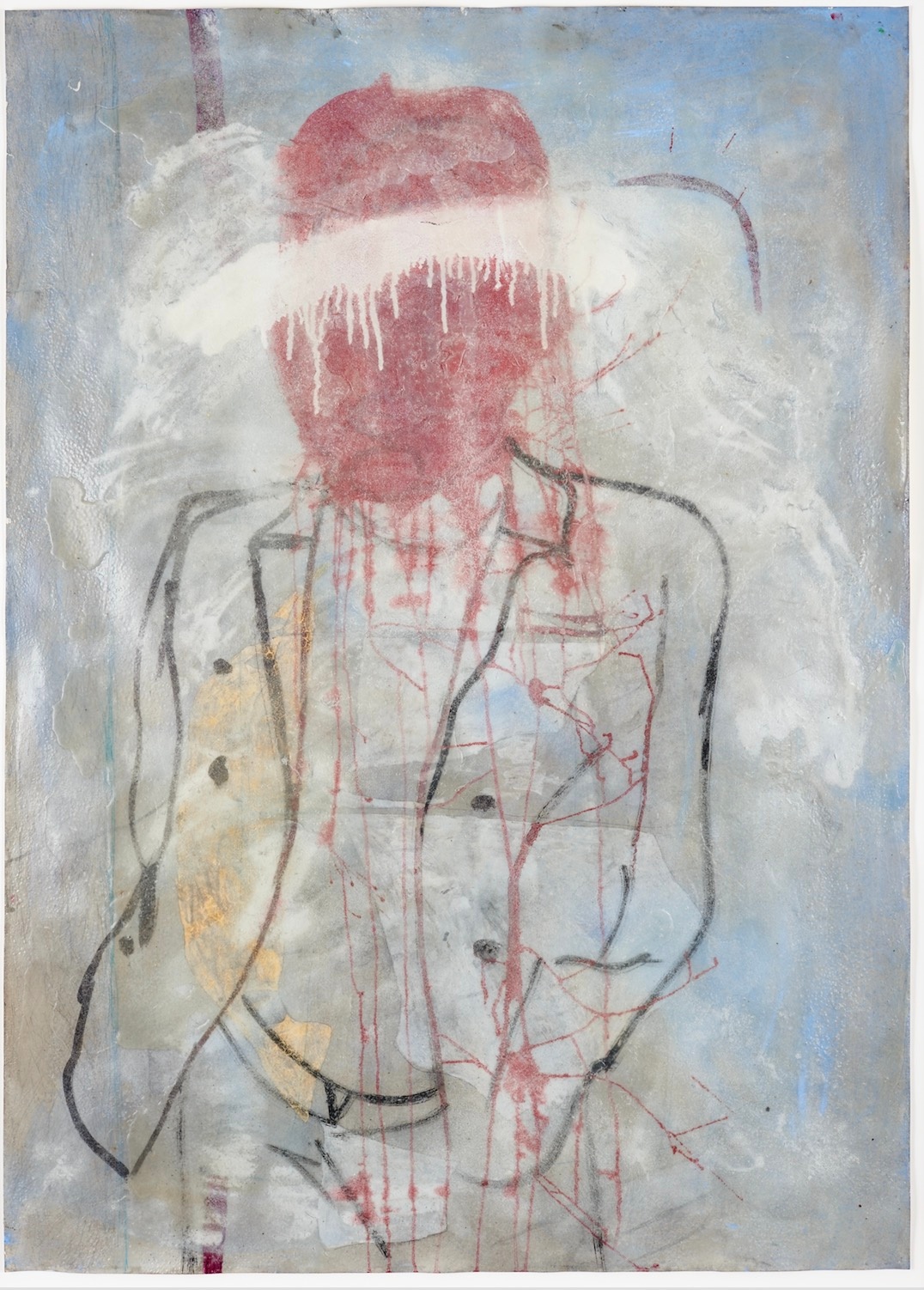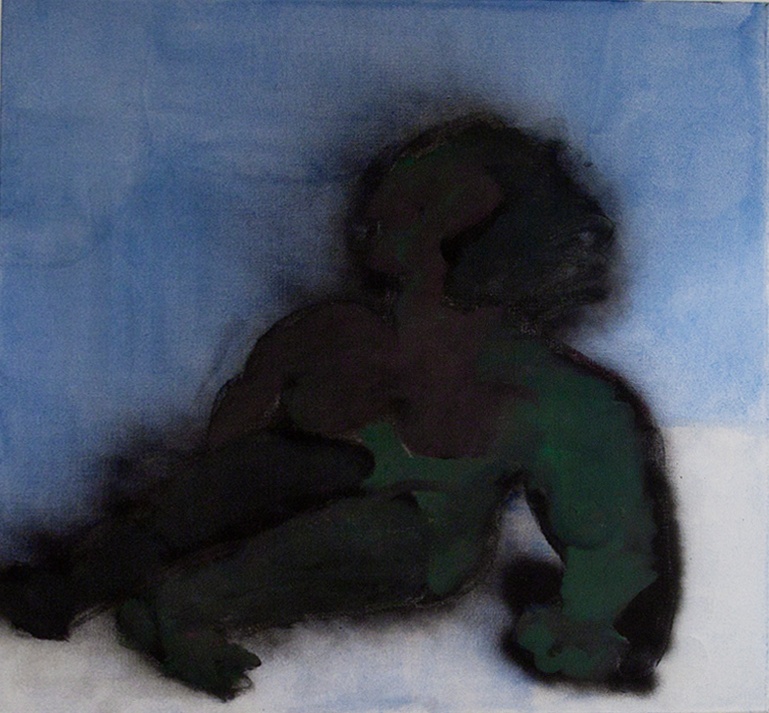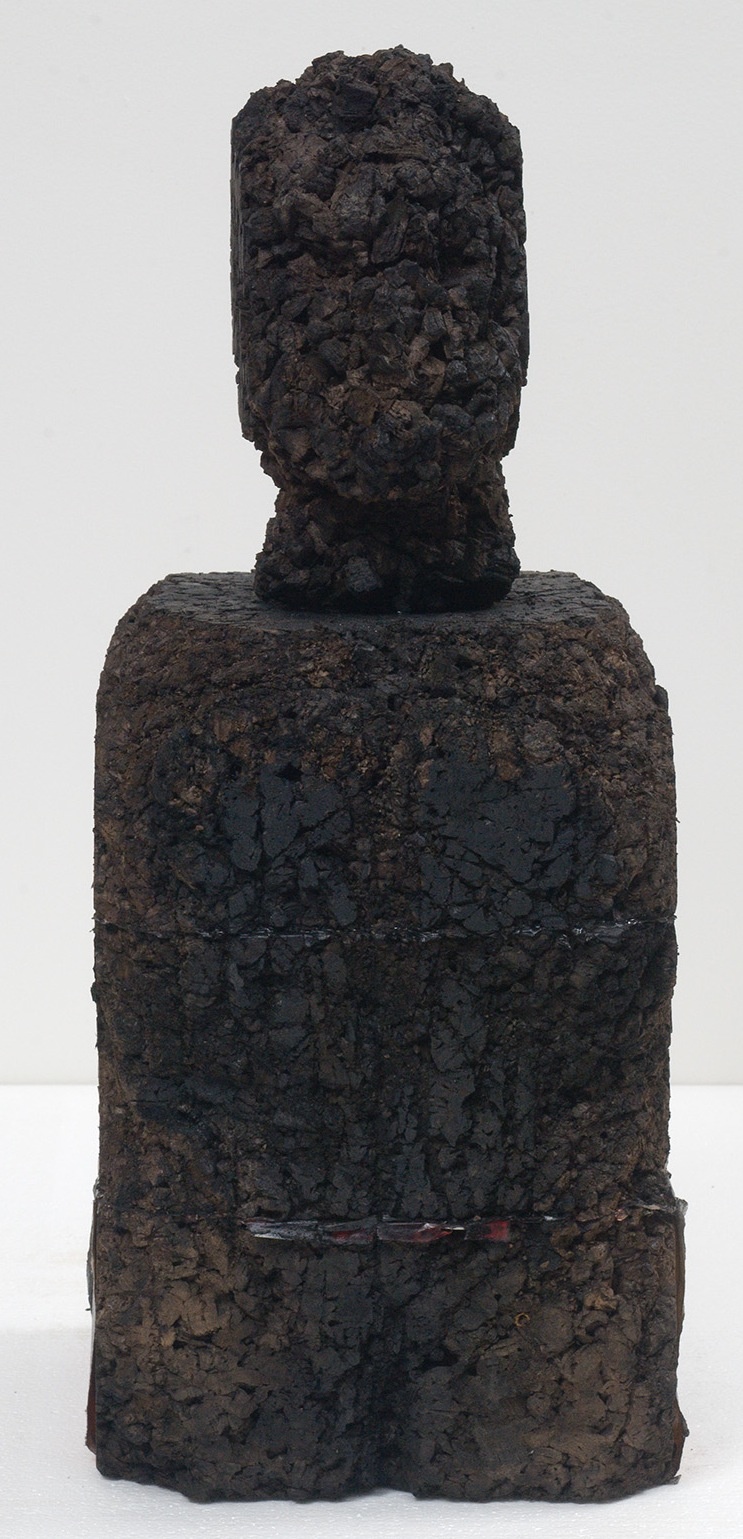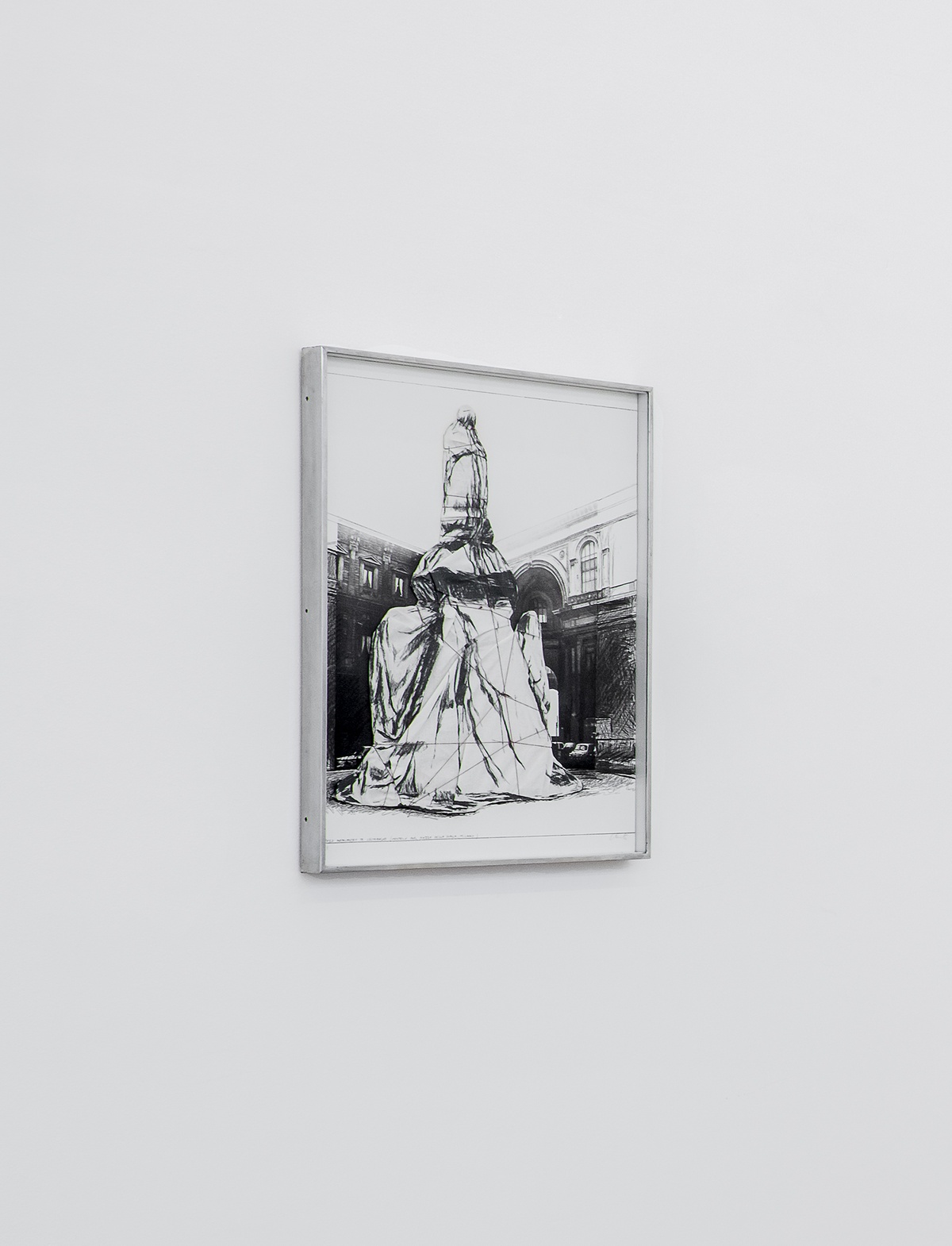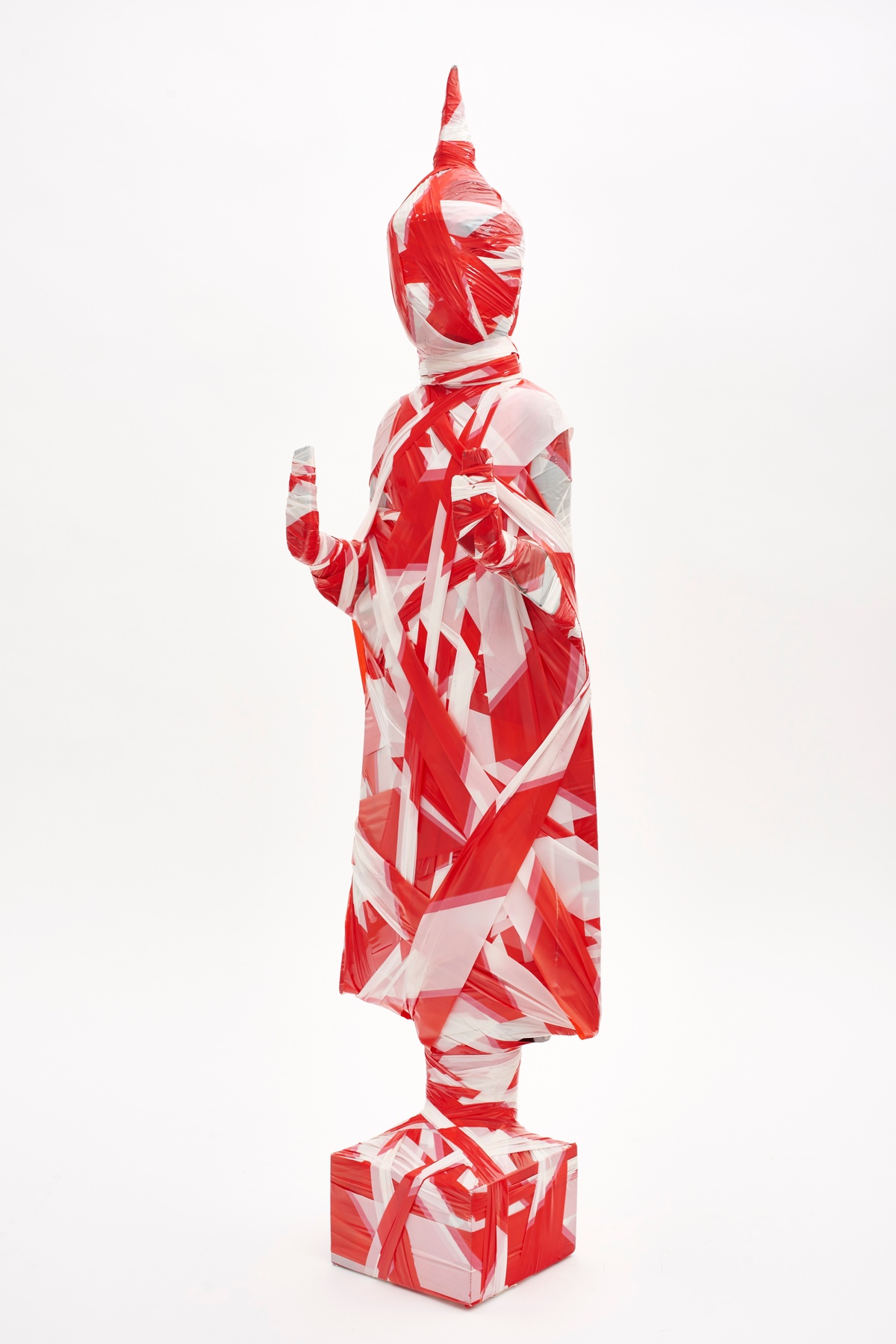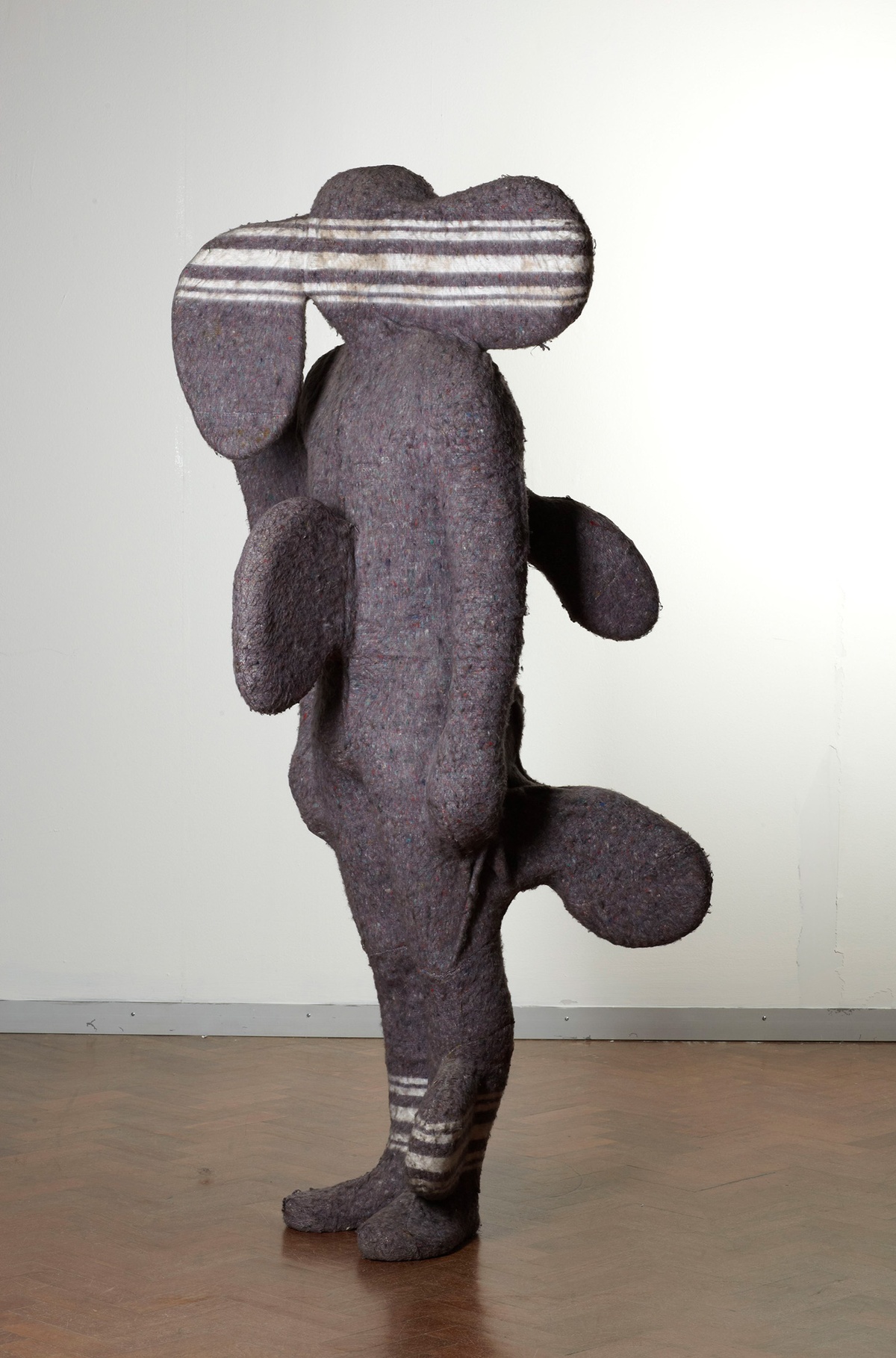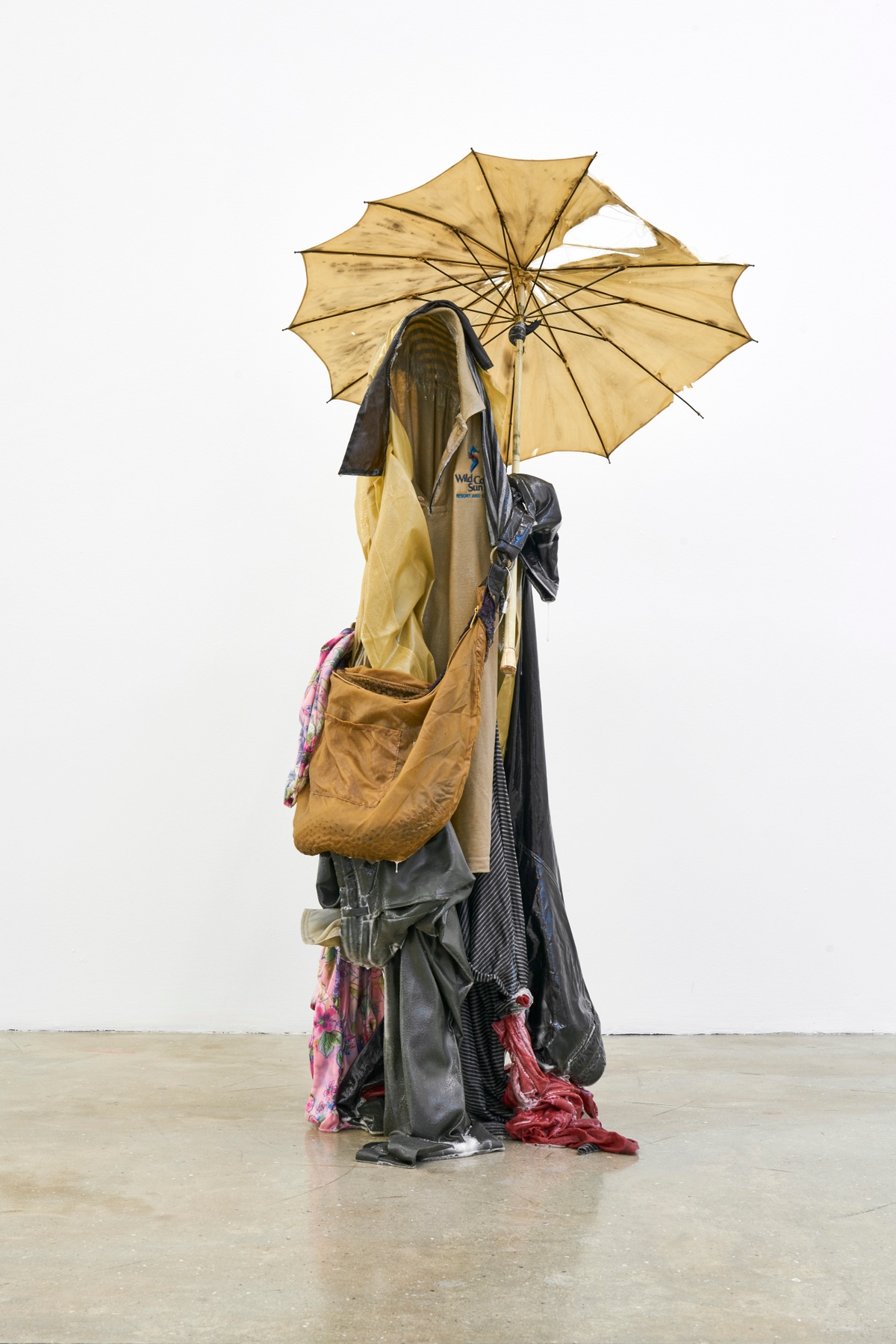Irma Stern

Of the many people Stern painted, only those depicting the artist’s friends and acquaintances, patrons, and admirers are named. Most often commissioned, these ‘society portraits’ demanded a passing likeness to their sitters unlike Stern’s more archetypal paintings, which lent themselves as prompts to both the artist’s reductive fancies and formal propositions. Such is her Portrait of Dora Sowden, a study of the Rand Daily Mail critic, who wrote on concerts and dance performances. Married to Lewis Sowden, a novelist, poet and cultural affairs correspondent for the same paper, Dora and her husband held prominent positions in South Africa’s arts community. Though Dora herself never wrote on Stern, the artist was included in Lewis’ 1935 essay on Jewish art in South Africa, and he later reviewed her 1942 exhibition at the Gainsborough Galleries, shortly before this portrait was painted. Here, the critic, submitting to the close looking and careful attention she reserved for her own subjects, is shown in headscarf and blazer, her red shirt set against the emerald green backdrop. Resting her chin in one hand and leaning forward, Dora appears lost in thought, eyelids heavy, gaze unfocused.
b.1894, Schweizer-Reneke; d.1966, Cape Town
Throughout her life, Irma Stern pursued visions of the exotic. She travelled widely in both Europe and Africa and found in the latter reflections of a timeless idyll. Stern was particularly drawn to the otherness of the people she encountered, to – as she wrote – “the hidden depths of the primitive and childlike yet rich soul of the native.” Unconcerned with the particularity of individuals, her paintings of African figures are not so much portraits but rather ethnographic imaginings (to this end, these sitters are seldom ever named). All this considered, there remains a compelling complexity to her paintings. An artist seduced by colour and rhythm, she in turn seduces the viewer. There is a material richness to Stern’s canvas, a sensual pleasure to her impasto paint. While her words more often revealed colonial sentiments and a profound lack of insight into the lives of others, in paint she was redeemed. Stern can perhaps be forgiven for being of her time and, like so many modernists, excused her primitivism. Beauty, above all, was what Stern sought to express, and the lasting influence of her paintings is a testament to her aesthetic achievements. She remains a commanding presence in the South African art world, in death as she was in life.



